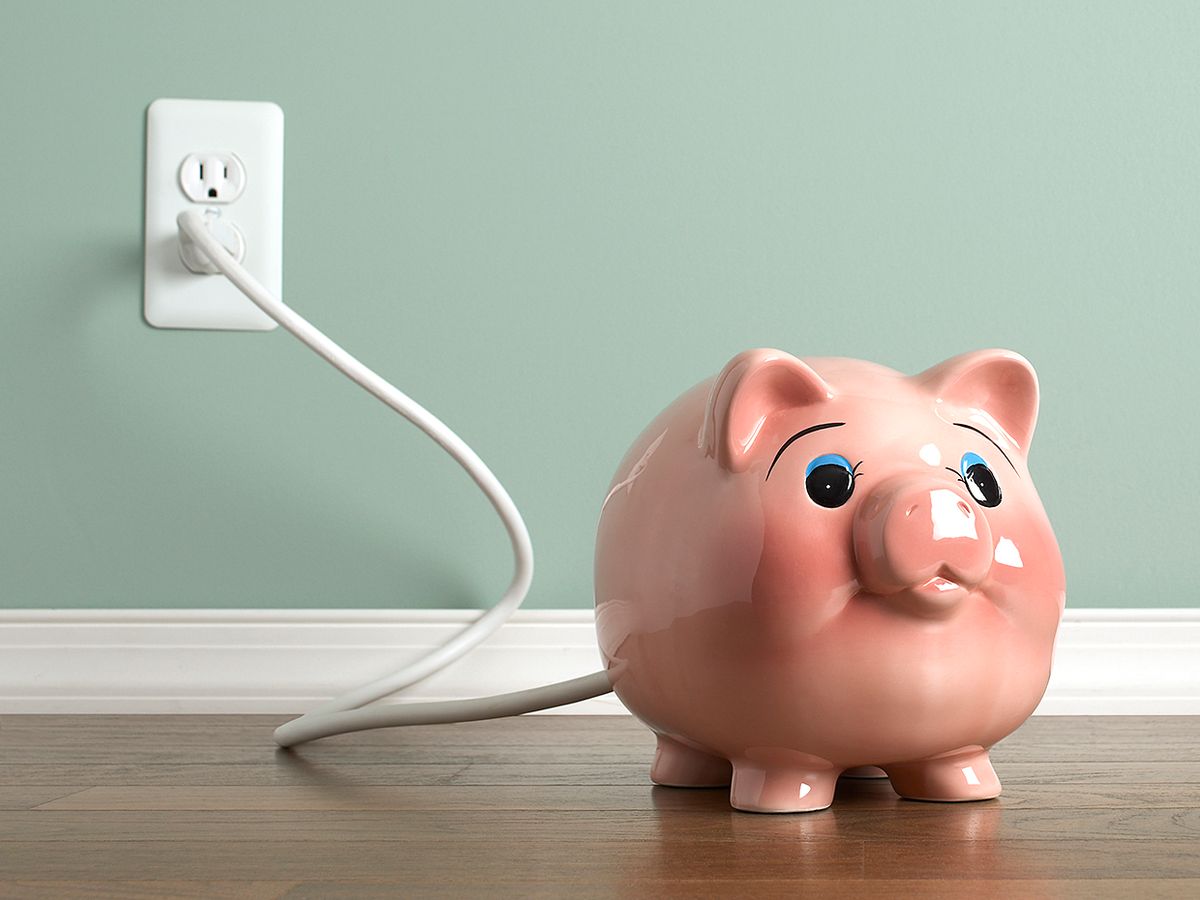The generations-old trend toward lower electricity prices now appears to have ended. In many affluent countries, prices tilted upward at the turn of the century, and they continue to rise, even after adjusting for inflation.
Even so, the price we pay for electricity is an extraordinary bargain, and that's why this form of power has become ubiquitous in the modern world. When expressed in constant 2019 dollars, the average price of electricity in the United States fell from $4.79 per kilowatt-hour in 1902 (the first year for which the national mean is available) to 32 cents in 1950. The price had dropped to 10 cents by 2000, and in late 2019 it was just marginally higher, at about 11 cents per kilowatt-hour. This represents a relative decline of more than 97 percent. A dollar now buys nearly 44 times as much electricity as it did in 1902.
Because average inflation-adjusted manufacturing wages have quadrupled since 1902, blue-collar households now find electricity about 175 times as affordable as it was nearly 120 years ago. And it gets better: We buy electricity in order to convert it into light, kinetic energy, or heat, and the improved efficiency of such conversions have made the end uses of electricity an even greater bargain.
Lighting offers the most impressive gain: In 1902, a lightbulb with a tantalum filament produced 7 lumens per watt; in 2019 a dimmable LED light delivered 89 lm/W (see “Luminous Efficacy," IEEE Spectrum, April 2019). That means a lumen of electric light is now three orders of magnitude (approximately 2,220 times) more affordable for a working-class household than it was in the early 20th century. Lower but still impressive reductions in end-use costs apply in the case of electric motors that run kitchen appliances and force hot air into the ducts to heat houses using natural-gas furnaces.
An international perspective shows some surprising differences. The United States has cheaper residential electricity than other affluent nations, with the exception of Canada and Norway, which derive high shares of their power from hydroelectric generation (60 percent and 95 percent, respectively).
When using prevailing exchange rates, the U.S. residential price is about 45 percent of the European Union's mean, about half the Japanese average, and about a third of the German rate. Electricity prices in India, Mexico, Turkey, and South Africa are lower than in the United States in terms of the official exchange rates, but they are considerably higher in terms of purchasing power parity—more than twice the U.S. level in India and nearly three times as much in Turkey.
A naive observer, reading the reports of falling prices for photovoltaic cells and wind turbines, might conclude that the rising shares of solar and wind power will bring a new era of falling electricity prices. Just the opposite has been true.
Before the year 2000, when Germany embarked on its large-scale and expensive Energiewende (energy transition), that country's residential electricity prices were low and declining, bottoming at less than €0.14/kWh ($.13/kWh, using the prevailing exchange rate) in 2000.
By 2015, Germany's combined solar and wind capacity of nearly 84 gigawatts had surpassed the total installed in fossil-fueled plants, and by March 2019 more than 20 percent of all electricity came from the new renewables. However, over an 18-year period (2000 to 2018) electricity prices more than doubled, to €0.31/ kWh. The E.U.'s largest economy thus has the continent's highest electricity prices, followed by heavily wind-dependent Denmark, at €0.3/kWh.
A similar contrast can be seen in the United States. In California, where the new renewables have taken an increasing share, electricity prices have been rising five times as fast as the national mean and are now nearly 60 percent higher than the countrywide average.
This article appears in the February 2020 print issue as “Electricity Prices: A Changing Bargain."
Vaclav Smil writes Numbers Don’t Lie, IEEE Spectrum's column devoted to the quantitative analysis of the material world. Smil does interdisciplinary research focused primarily on energy, technical innovation, environmental and population change, food and nutrition, and on historical aspects of these developments. He has published 40 books and nearly 500 papers on these topics. He is a distinguished professor emeritus at the University of Manitoba and a Fellow of the Royal Society of Canada (Science Academy). In 2010 he was named by Foreign Policy as one of the top 100 global thinkers, in 2013 he was appointed as a Member of the Order of Canada, and in 2015 he received an OPEC Award for research on energy. He has also worked as a consultant for many U.S., EU and international institutions, has been an invited speaker in more than 400 conferences and workshops and has lectured at many universities in North America, Europe, and Asia (particularly in Japan).




